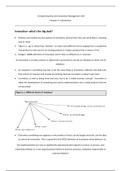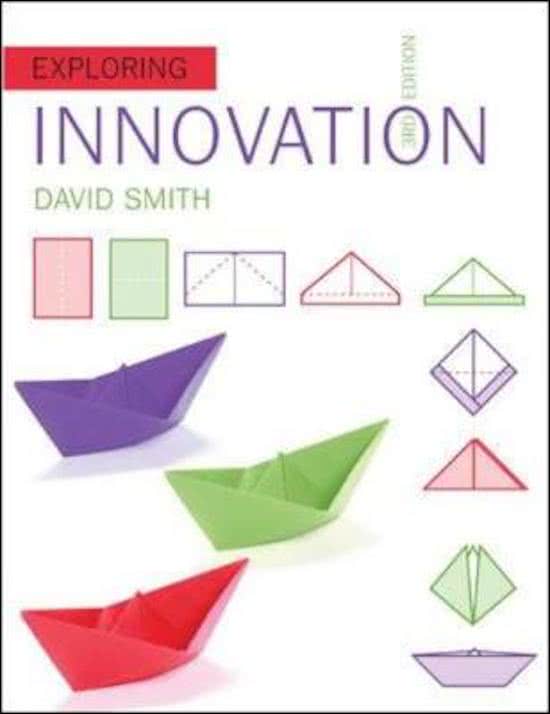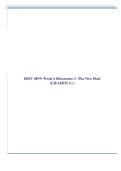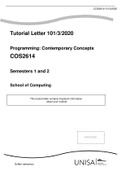Summary
Summary Entrepreneurship and Innovation Management 318
- Institution
- Stellenbosch University (SUN)
- Book
- Exploring Innovation
A detailed summary of the prescribed textbook "exploring Innovation", including all examples and illustrations.
[Show more]








